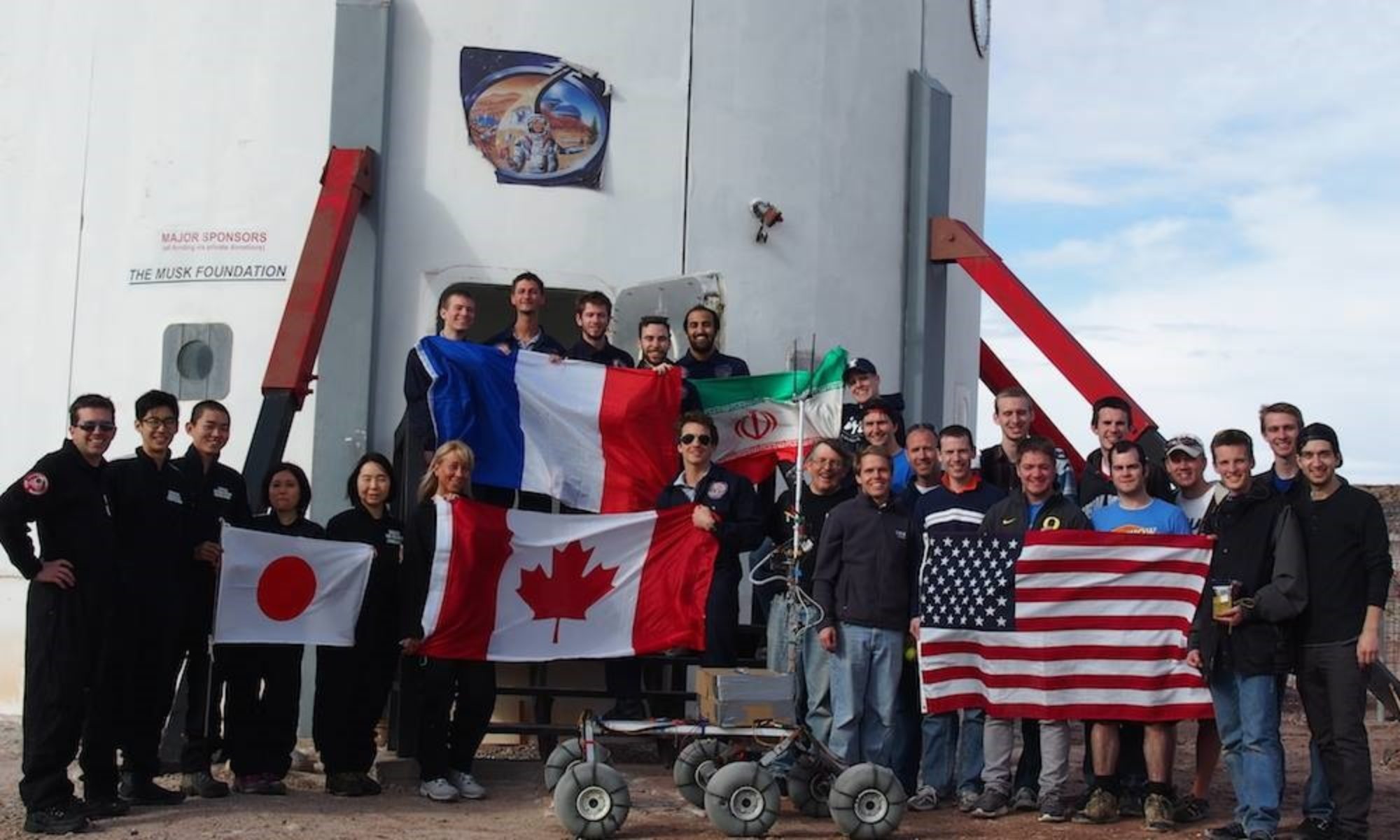Crew 286 EVA #8 report 21-NOV-2023
EVA # 8
Author: Roger Gilbertson
Purpose of EVA: To collect samples from three locations, which will be returned to the University of Mons in Belgium, for use in a substrate comparison experiment for plant growth. This is to support work begun by MDRS 261 mission crew member Cécile Renauld. Documentation of the experience was performed by Hugo using professional video and sound recording.
Destination and Coordinates (use UTM WSG 84):
Sample 1: Sandy White Soil (518448.606, 4249652)
Sample 2: Volcanic Soil (518542, 4249696)
Sample 3: Old River Soil, plants close by (518395.702, 4249684)Start time for EVA: 2:50 pm
Start time for EVA: 10:00 am
End time for EVA: 12:30 pm
Narrative: We prepared efficiently and exited the airlock at the planned time, driving out of the campus and south on Cow Dung Road. Gee used the iPhone GPS and directed us to stop on the road near the coordinates provided by the previous researchers. We trekked eastward, and located each sampling position with relative ease. The locations where the first two samples were previously collected appeared clearly on the ground, having only received minor erosion and filling in since their April sampling. The third sample, been in a stream bed, were not apparent, but we took samples at the indicated coordinates. At each location we collected and labeled samples, and photographed each before and after digging.
We returned to the vehicles with an hour remaining, and asked for a time extension so that filmmaker Hugo could continue to film content for his documentary, including shots taken by him standing at the roadside and filming as we drove past in the rovers. We continued northwards until we filmed rovers entering the campus, and astronauts entering the airlock. In all, we experienced a perfect day, with wonderful views and vistas.
Destination and Coordinates (use UTM WSG 84):
Sample 1: Sandy White Soil (518448.606, 4249652)
Sample 2: Volcanic Soil (518542, 4249696)
Sample 3: Old River Soil, plants close by (518395.702, 4249684)
EVA Participants:
• Roger Gilbertson
• Guillaume Gégo
• Hugo Saugier
Road(s) and routes per MDRS Map: South via Cow Dung Road south to coordinates indicated above.
Mode of travel: Driving and walking
Vehicles used: Spirit, Opportunity

